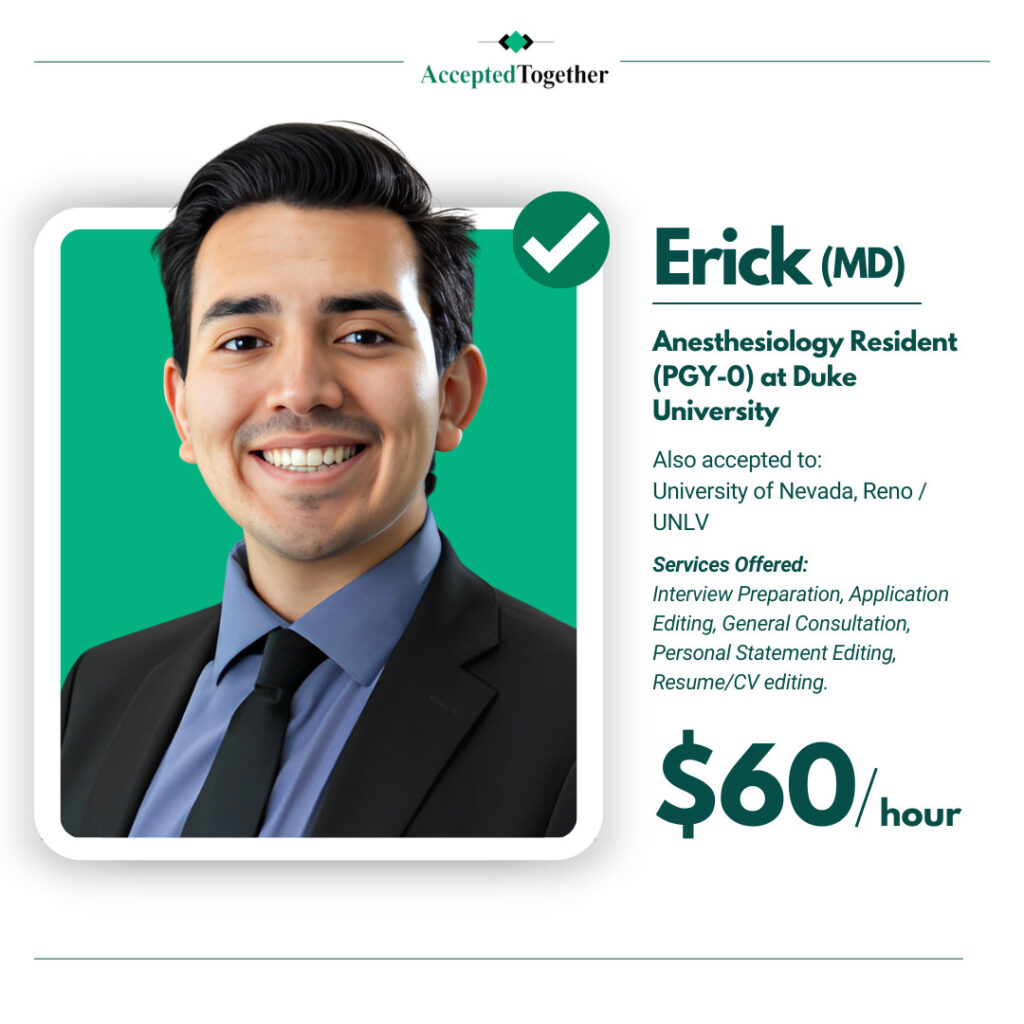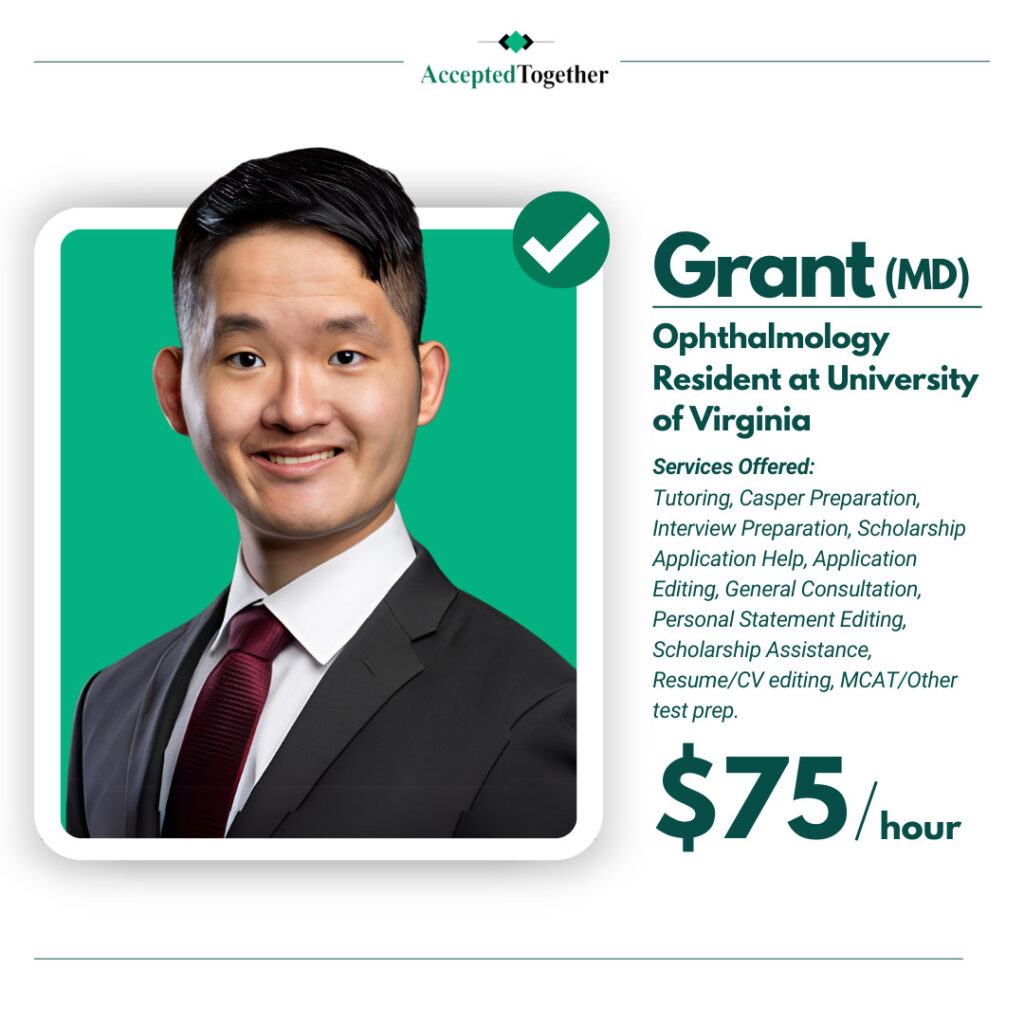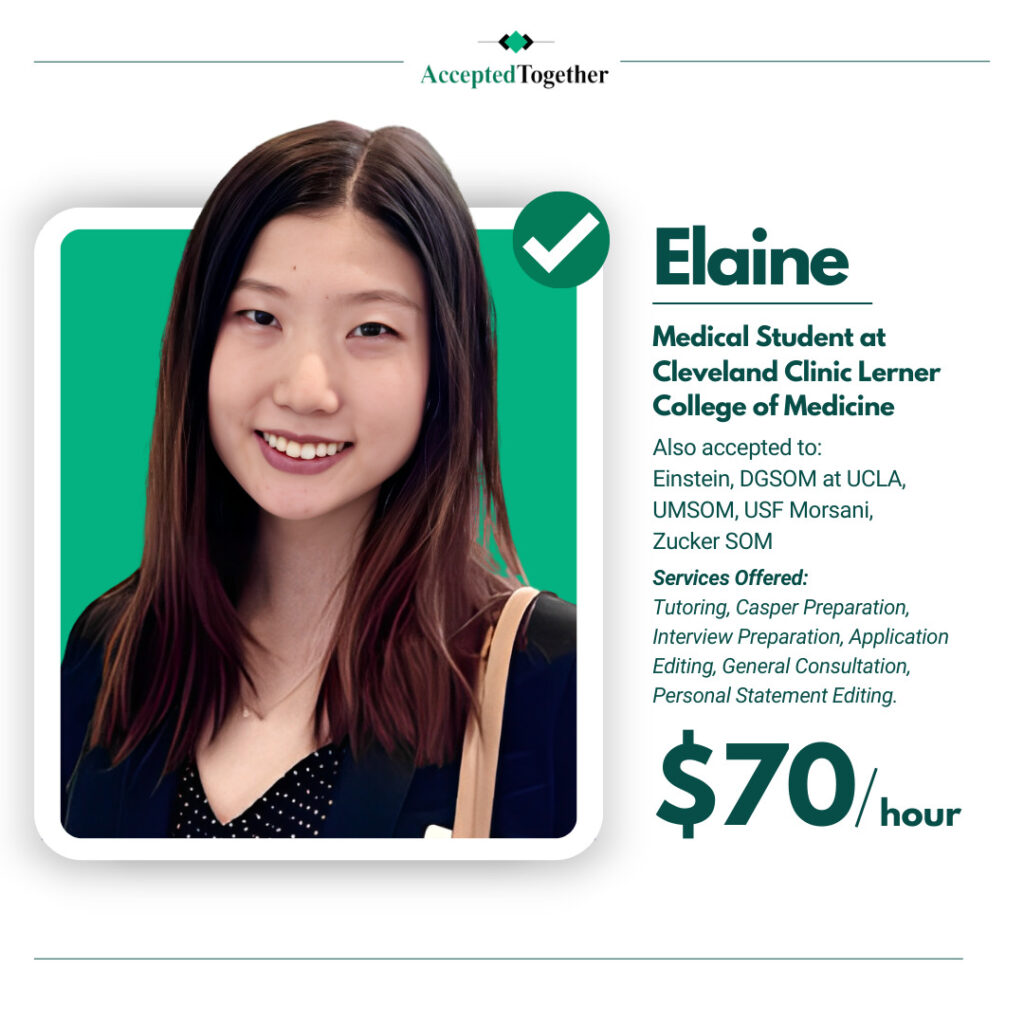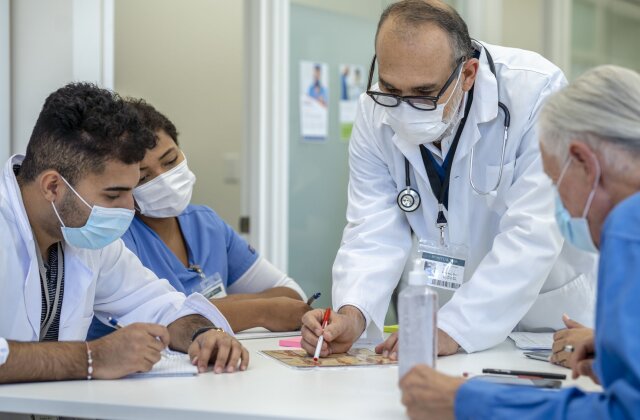Last updated on May 12th, 2025 at 06:44 am
Table of Contents
Introduction

Embarking on the journey to medical school in the Lone Star State? The Texas Medical and Dental Schools Application Service (TMDSAS) is your best friend when it comes to the world of healthcare education in Texas. With a unique application process tailored for the state’s medical, dental, and veterinary schools, TMDSAS is the cornerstone for aspiring doctors, dentists, and veterinarians.
Navigating this application can be a daunting task, but with the right guidance, you can master the art of showcasing your passion, achievements, and dedication to a career in medicine. This comprehensive guide will walk you through the essential steps, from understanding the intricacies of the application to crafting compelling essays and securing impactful letters of evaluation. Get ready to dive deep into the TMDSAS application process and take the first step towards your dream of becoming a healthcare professional in Texas.
Understanding TMDSAS: An Overview
The Role of TMDSAS in Texas Medical School Admissions
The Texas Medical and Dental Schools Application Service (TMDSAS) is a centralized platform for applicants to Texas’s public medical, dental, and veterinary schools. Unlike its counterparts, the American Medical College Application Service (AMCAS) and the American Association of Colleges of Osteopathic Medicine Application Service (AACOMAS), TMDSAS is exclusive to the Lone Star State, providing a streamlined process for both in-state and out-of-state candidates.
TMDSAS plays a crucial role in the admissions landscape of Texas by offering a single application portal for multiple schools. This service simplifies the application process, allowing students to submit one set of materials for several programs. It’s a critical tool for those aiming to join Texas’s renowned medical education system, known for its strong reputation and relatively low tuition costs.
The service requires applicants to provide comprehensive information, including personal details, academic records, and standardized test scores. It also includes sections for detailing extracurricular activities, employment history, and essays. TMDSAS emphasizes the importance of a well-rounded application, highlighting the significance of both academic excellence and personal achievements in the selection process.
Comparison with AMCAS and AACOMAS
When comparing TMDSAS with AMCAS and AACOMAS, several key differences stand out. First, TMDSAS has a unique application timeline and fees. The application typically opens in early May, with a submission deadline in early November, differing from the timelines of AMCAS and AACOMAS. Additionally, TMDSAS charges a flat fee, regardless of the number of schools applied to, making it more economical for applicants targeting multiple Texas schools.
Another distinction lies in the essay requirements. TMDSAS asks for two mandatory essays – a personal statement and a personal characteristics essay – and an optional essay. In contrast, AMCAS requires a single personal statement. The TMDSAS essays are an opportunity for applicants to showcase their motivations, experiences, and personal qualities that make them suitable for a career in healthcare.
The character limits for activity descriptions also differ between the services. TMDSAS allows for more detailed descriptions, with a 500-character limit for most entries, compared to AMCAS’s 700-character limit for 15 activities and AACOMAS’s 600-character limit for 15 experiences. This allows TMDSAS applicants to provide more in-depth information about their extracurricular involvement.
In terms of residency, TMDSAS places a strong emphasis on in-state applicants, with Texas public medical schools required to fill at least 90% of their seats with Texas residents. This policy reflects the state’s commitment to serving its population’s healthcare needs. In contrast, AMCAS and AACOMAS serve a national applicant pool, with no specific preference for in-state residents.
Overall, TMDSAS offers a tailored application experience for those seeking to enter the medical field in Texas. Its unique features, including a flat fee structure, specific essay requirements, and a focus on in-state applicants, set it apart from AMCAS and AACOMAS. Aspiring medical professionals should carefully consider these differences when planning their application strategy.
Key Components of the TMDSAS Application
Personal and Academic Information
The TMDSAS application kicks off with a section dedicated to personal and academic information. This is where applicants introduce themselves, providing essential details such as contact information, demographic background, and socioeconomic status. It’s crucial to be accurate and thorough in this section, as it lays the foundation for the rest of the application.
In addition to basic personal information, applicants are required to disclose any military service and provide details about their family, including whether they have a parent who is a physician or dentist. This section also probes into any legal history, asking about felonies or misdemeanors, which is a standard query in medical school applications to assess the applicant’s background and suitability for the medical profession.
Education History and Coursework
The TMDSAS application delves into the applicant’s academic journey, asking for a comprehensive record of their education history. This includes information about high school education, all colleges attended, and any interruptions or disciplinary actions during their academic career. It’s a segment that demands attention to detail, as it reflects the applicant’s academic rigor and dedication.
Applicants are also required to list their coursework, providing a transparent view of their academic preparation for medical school. This includes courses taken, grades received, and credit hours, giving admissions committees a clear picture of the applicant’s academic strengths and areas of expertise. For non-traditional applicants, there’s an additional essay prompt to describe the factors that define them as such and how these impact their application.
Employment and Activities
The employment and activities section is where applicants showcase their extracurricular involvement, work experience, and achievements outside the classroom. TMDSAS offers a platform to highlight leadership roles, research activities, healthcare experiences, community service, and hobbies, painting a full picture of the applicant’s life beyond academics.
This section is particularly important as it provides insights into the applicant’s skills, interests, and personal qualities that are relevant to a career in medicine. It’s an opportunity to demonstrate qualities such as empathy, teamwork, and commitment to service, which are essential for a successful medical professional.
Each entry in this section requires a detailed description, including the applicant’s role or title, the start and end dates, location information, and a brief overview of the experience. It’s a chance to reflect on how each experience has contributed to the applicant’s personal and professional growth, preparing them for the challenges of medical school and beyond.
In summary, the TMDSAS application’s key components provide a comprehensive framework for applicants to present their personal, academic, and professional achievements. It’s a holistic approach that allows admissions committees to evaluate candidates beyond their academic scores, considering their character, experiences, and potential to contribute to the medical community.
Crafting Your TMDSAS Essays
Personal Statement: Conveying Your Motivation for Medicine
The TMDSAS personal statement is a critical component of the application, where you articulate your motivation for pursuing a career in medicine. This essay is your chance to tell your story, highlighting the experiences that have shaped your path to medicine. It’s not just about stating your desire to become a doctor but rather demonstrating through personal anecdotes and reflections why medicine is the right fit for you.
In crafting your personal statement, focus on moments that were pivotal in your decision to pursue medicine. Perhaps it was a volunteer experience, a meaningful interaction with a patient, or a challenging personal health journey. Whatever it is, make sure it showcases your passion, empathy, and commitment to the field. Remember, the goal is to provide a compelling narrative that makes admissions committees eager to learn more about you.
Personal Characteristics Essay: Highlighting Your Unique Qualities
The personal characteristics essay is an opportunity to highlight the qualities that make you stand out as a candidate. TMDSAS asks you to describe your personal characteristics or experiences that would enhance the educational experience of others. This is where you can showcase your diversity, resilience, leadership, or any other traits that you believe will contribute positively to the medical school community.
When writing this essay, reflect on the experiences that have shaped your character. Maybe it’s your cultural background, a significant challenge you’ve overcome, or a unique talent you possess. Whatever you choose to highlight, ensure it’s authentic and relevant to your aspirations in medicine. This essay is a chance to show admissions committees that you’re not just academically qualified, but also a well-rounded individual who will enrich the learning environment.
Optional Essay: Addressing Unique Circumstances
The TMDSAS optional essay is a space to address any aspects of your application that may require further explanation. This could be gaps in your education, a lower-than-expected GPA or MCAT score, or any other circumstances that might raise questions for the admissions committee. It’s an opportunity to provide context and show how you’ve grown from these experiences.
When tackling the optional essay, be honest and straightforward. If you’re explaining a dip in your academic performance, for instance, acknowledge it and then focus on how you’ve worked to improve and what you’ve learned from the experience. The key is to turn potential weaknesses into stories of resilience and determination.
Take the time to craft thoughtful and reflective TMDSAS essays that highlight your unique qualities and demonstrate your readiness for the challenges of medical school.
Letters of Evaluation: Securing Strong Recommendations
Types of Letters Required
In the TMDSAS application, letters of evaluation play a pivotal role in providing admissions committees with insights into your character, abilities, and potential as a future healthcare professional. Depending on the program you’re applying to, the types of letters required may vary.
For medical and dental school applicants, TMDSAS typically requires three individual letters of evaluation or one Health Professions Committee Letter/Packet. At least one of these letters should come from a science professor who can attest to your academic prowess in the sciences, a crucial component for a successful medical or dental career. Additionally, a letter from a dentist is required for dental school applicants to provide a perspective on the applicant’s suitability for the dental profession.
For veterinary school applicants, the requirements are slightly different. TMDSAS asks for three individual Veterinary Medicine Applicant Evaluation Forms, with at least one being completed by a veterinarian. This ensures that the applicant’s experience and aptitude in veterinary medicine are adequately represented.
Best Practices for Requesting Letters
Requesting letters of evaluation can be a daunting task, but with the right approach, you can secure strong recommendations that bolster your TMDSAS application. Here are some best practices to follow:
1. Choose Your Evaluators Carefully: Select individuals who know you well and can speak to your strengths, achievements, and suitability for a career in healthcare. Ideally, these should be mentors or supervisors who have observed you in academic, clinical, or research settings.
2. Provide Adequate Information: When asking for a letter, provide your evaluators with your CV, a draft of your personal statement, and any other relevant information that can help them write a comprehensive and personalized letter.
3. Give Plenty of Notice:Respect your evaluators’ time by asking for letters well in advance of the deadline. A minimum of one month’s notice is generally recommended.
4. Communicate Your Goals:Clearly explain your aspirations and why you’re pursuing a career in medicine, dentistry, or veterinary medicine. This helps your evaluators tailor their letters to support your specific goals.
5. Follow Up: Gently remind your evaluators as the deadline approaches, and express your gratitude for their support. A thank-you note after the submission of the letter is a courteous gesture that goes a long way.
By adhering to these best practices, you can ensure that your letters of evaluation effectively highlight your qualifications and leave a lasting impression on the TMDSAS admissions committees.
Click to see hundreds of consultants who can mentor you:


Standardized Test Scores: MCAT, CASPer, and More
Understanding Score Requirements
For applicants to Texas medical schools through TMDSAS, standardized test scores such as the MCAT (Medical College Admission Test) are a crucial component of the application. The MCAT is designed to assess problem-solving, critical thinking, and knowledge of natural, behavioral, and social science concepts and principles prerequisite to the study of medicine.
Each medical school has its own set of score requirements, and it’s important for applicants to research these thresholds to ensure they meet the minimum criteria. Generally, a competitive MCAT score for TMDSAS applicants is around 505-510, but this can vary depending on the school and the applicant pool. It’s essential to aim for a score that not only meets the minimum requirements but also strengthens your overall application.
In addition to the MCAT, some Texas medical schools require the CASPer test, a computer-based assessment for sampling personal characteristics. The CASPer test evaluates non-cognitive skills and interpersonal characteristics that are important for successful students and graduates of medical and health professions programs.
Timing Your Exams for Optimal Submission
When planning to take standardized tests like the MCAT or CASPer, timing is crucial. For the TMDSAS application, it’s recommended that applicants take the MCAT no later than May of the application year to ensure scores are available in time for the primary application submission. Taking the exam early also allows for the possibility of a retake if necessary, without delaying the application process.
For the CASPer test, applicants should check the specific requirements of each school to which they are applying, as test dates and score submission deadlines can vary. It’s generally advised to take the CASPer test in the spring or early summer to align with the TMDSAS application timeline.
By understanding the score requirements and strategically timing your exams, you can ensure that your standardized test scores complement your TMDSAS application and enhance your chances of admission to a Texas medical school.
Residency Status and Secondary Applications
Determining Texas Residency
For TMDSAS applicants, Texas residency status is a critical factor, as it significantly influences both the admissions process and tuition rates. Texas medical schools are mandated by state law to allocate at least 90% of their seats to Texas residents. Therefore, establishing residency is crucial for applicants seeking the advantages of in-state status.
Residency determination is based on criteria set by the Texas Higher Education Coordinating Board. Generally, applicants are considered Texas residents if they have lived in the state for 12 consecutive months prior to enrollment and have established domicile, which involves demonstrating ties to the state such as employment, property ownership, or voter registration.
For applicants who have recently moved to Texas or have complex residency situations, it’s important to carefully review the residency rules and provide the necessary documentation to support your claim. Being classified as a Texas resident can significantly increase your chances of admission and result in lower tuition costs.
Navigating Secondary Applications
After submitting the TMDSAS primary application, the next step in the admissions process is the secondary application. Secondary applications are school-specific and typically require additional essays, information, and sometimes, an application fee. These applications allow schools to gather more detailed information about applicants and assess their fit for the program.
To successfully navigate secondary applications, applicants should:
1. Be Prompt: Respond to secondary application invitations as soon as possible. Timeliness demonstrates your interest and commitment to the school.
2. Tailor Your Responses: Customize your essays and responses to reflect the specific values, mission, and focus of each school. Generic responses are easily spotted and can harm your chances of standing out.
3. Highlight Your Fit: Use the secondary application as an opportunity to showcase how your experiences, goals, and personal qualities align with what the school is looking for in a candidate.
4. Proofread and Review: Ensure that your secondary applications are free of errors and accurately represent your qualifications and aspirations.
By effectively determining Texas residency and strategically navigating secondary applications, TMDSAS applicants can enhance their prospects of gaining admission to Texas medical schools and achieving their career goals in healthcare.
Conclusion
Navigating the TMDSAS application journey is an important step for aspiring healthcare professionals aiming to enter Texas’s esteemed medical, dental, and veterinary schools. This comprehensive process not only evaluates your academic credentials but also delves into your personal experiences, motivations, and potential to thrive in a demanding healthcare environment.
Crafting compelling essays, securing impactful letters of evaluation, and strategically timing standardized tests are crucial components that can significantly influence your application’s success. Understanding Texas residency requirements and effectively handling secondary applications further enhance your prospects of admission. With diligent preparation and a thorough understanding of the TMDSAS intricacies, you can present a compelling case for why you’re an ideal candidate for Texas’s top healthcare programs. Embrace this opportunity to showcase your dedication and readiness for the challenges and rewards of a career in medicine.
Click to see hundreds of consultants who can mentor you:


Frequently
Asked Questions
TMDSAS stands for Texas Medical and Dental Schools Application Service. It is a centralized application service used by all public medical, dental, and veterinary schools in Texas. TMDSAS simplifies the application process for both in-state and out-of-state candidates, allowing them to submit one set of materials for multiple schools.
TMDSAS is specific to Texas public medical, dental, and veterinary schools, whereas AMCAS is used for most U.S. medical schools and AACOMAS is for osteopathic medical schools. TMDSAS has a unique timeline, fee structure, and essay requirements. Additionally, it places a strong emphasis on Texas residency for admissions.
TMDSAS requires two mandatory essays: a personal statement and a personal characteristics essay, along with an optional essay. The personal statement focuses on your motivation for medicine, the personal characteristics essay highlights your unique qualities, and the optional essay addresses any unique circumstances or experiences.
For medical and dental school applicants, TMDSAS typically requires three individual letters of evaluation or one Health Professions Committee Letter/Packet, with at least one letter from a science professor. Veterinary school applicants need three individual Veterinary Medicine Applicant Evaluation Forms, with at least one from a veterinarian.
Standardized test scores, such as the MCAT, are crucial components of the TMDSAS application. They provide a standardized measure of your academic abilities and readiness for medical school. Some Texas medical schools also require the CASPer test to assess non-cognitive skills and interpersonal characteristics.
Texas residency is determined based on criteria set by the Texas Higher Education Coordinating Board. Generally, applicants are considered residents if they have lived in Texas for 12 consecutive months prior to enrollment and have established domicile. Residency status significantly influences admissions and tuition rates.






